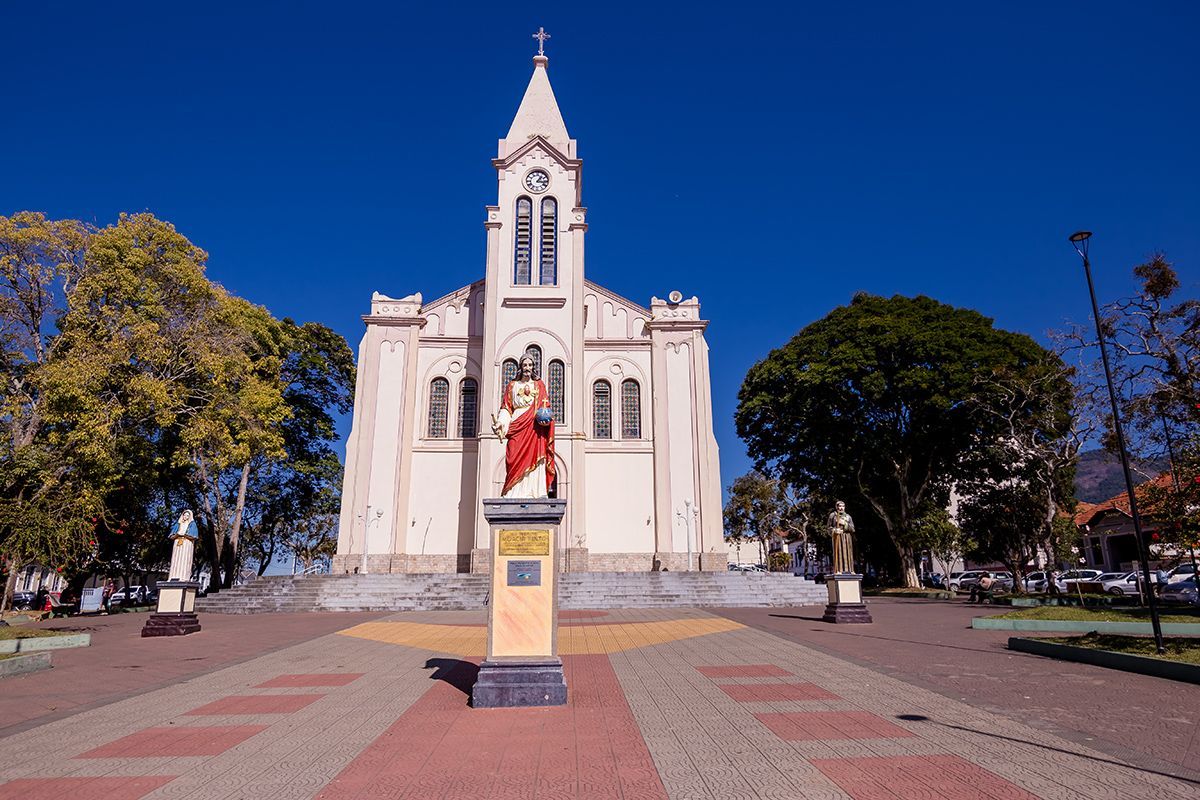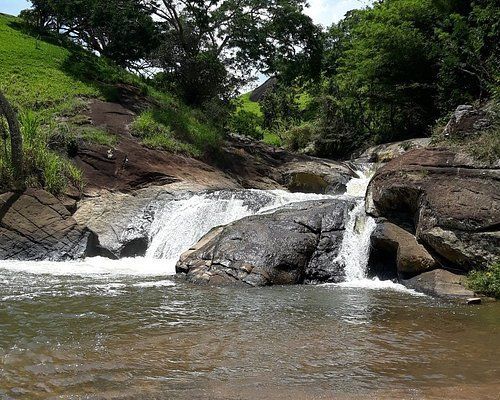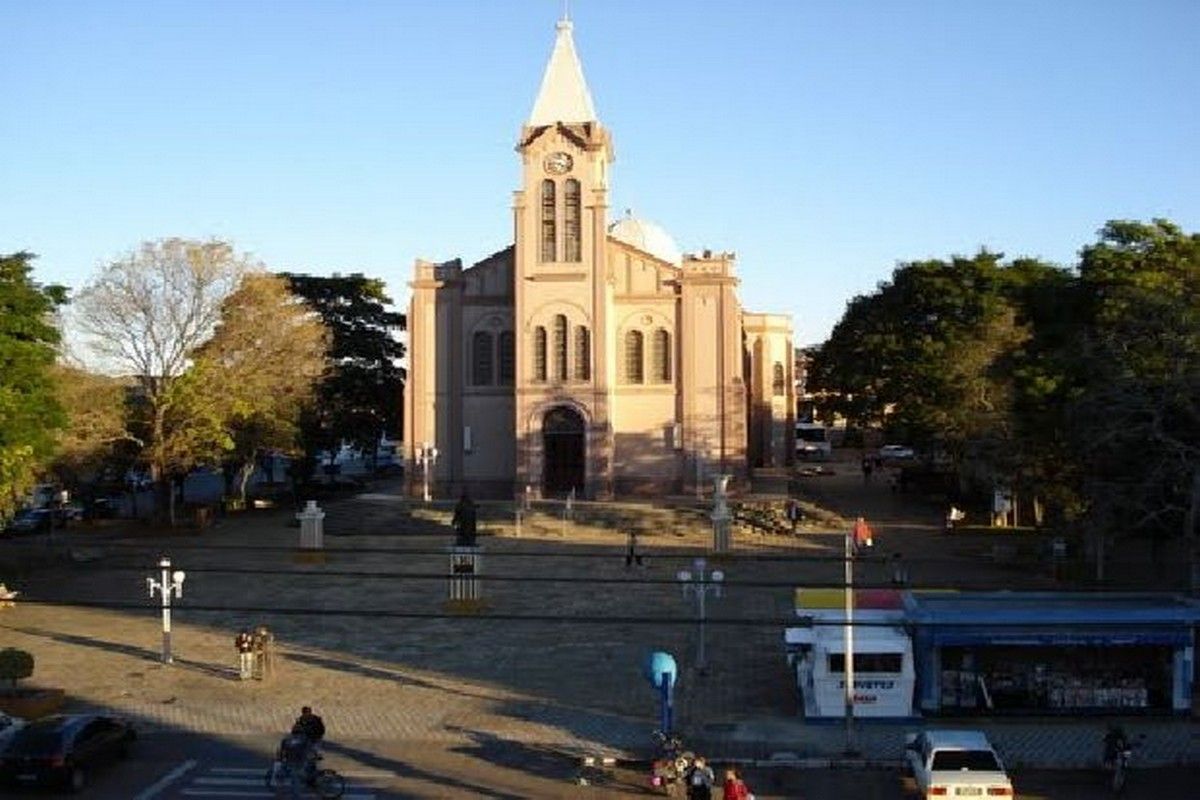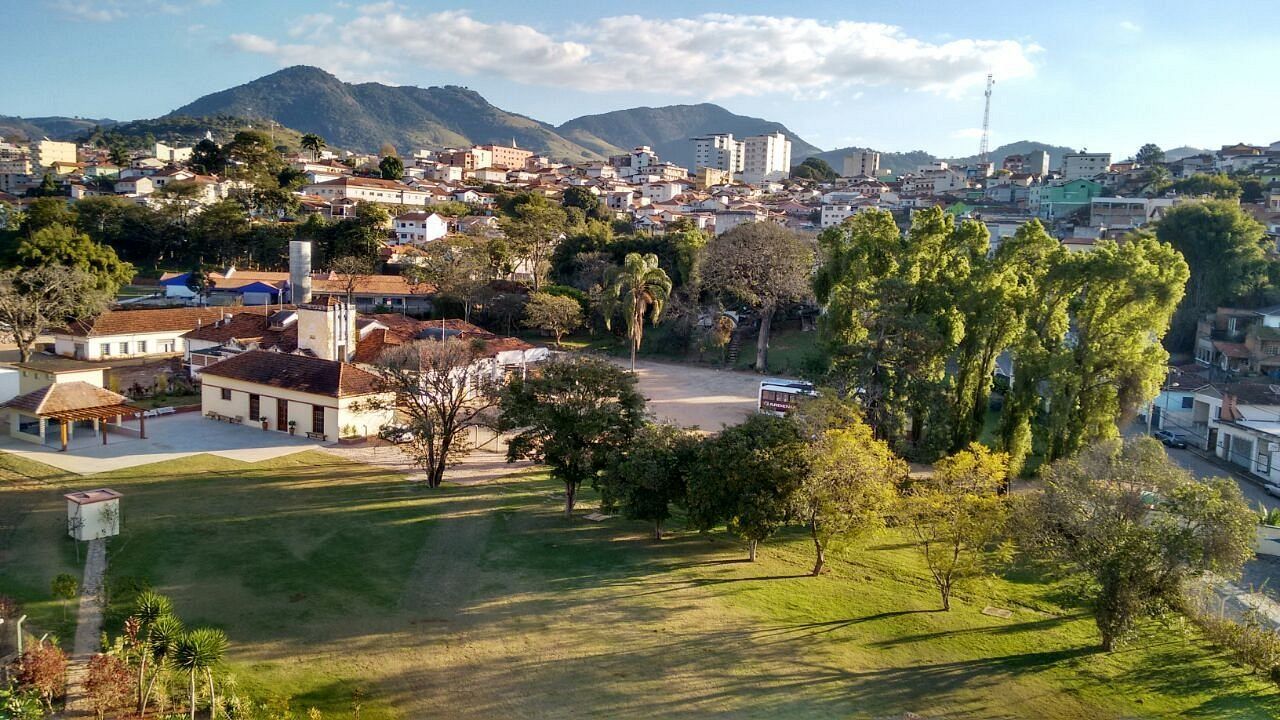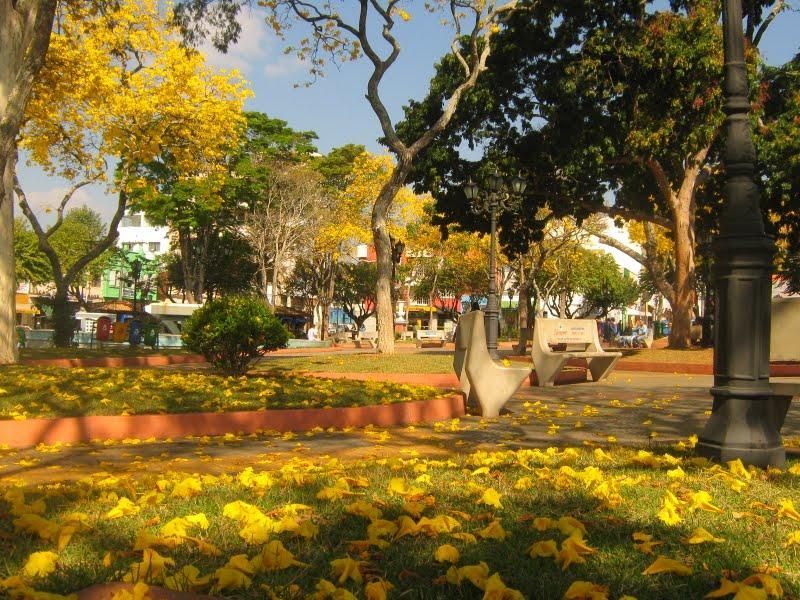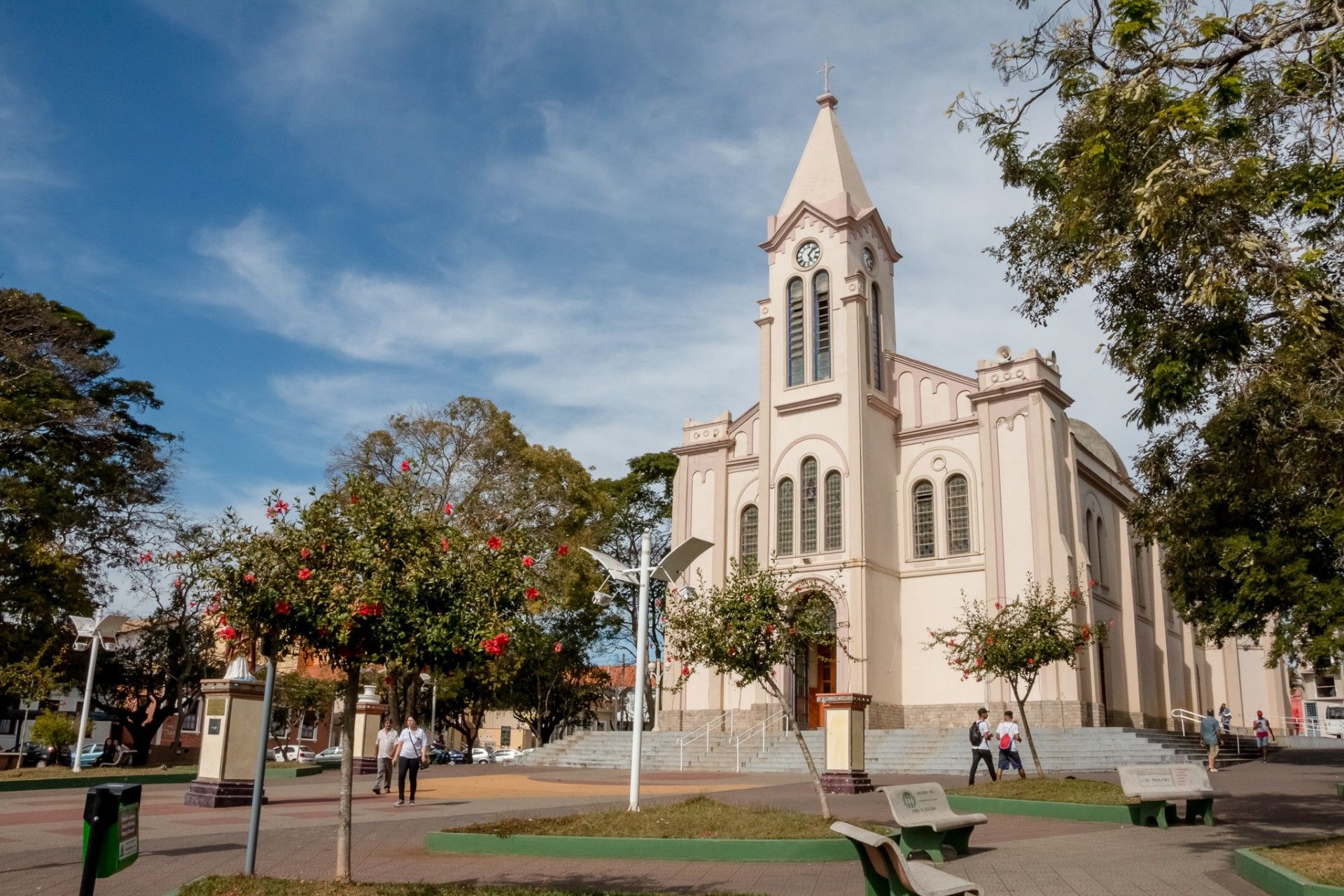Paraisopolis - MG
On this page, the Portal Peregrino da Esperança presents the city of Paraisópolis, whose name literally means "paradise city". The main church dedicated to the Virgin of Sorrows has become a symbol of protection and hope for those who seek to build a life there marked by work, unity and belief in divine intercession.
🕊️ "The anguish of having lost does not surpass the joy of having once possessed."
(Saint Augustine)
Features of the City of Paraisópolis - MG
The city of Paraisópolis, located in the interior of the state of Minas Gerais, is a remarkable example of how tradition, development and natural beauty can harmonize in a unique way. Located in the southern region of Minas Gerais, amidst the mountains of Serra da Mantiqueira, Paraisópolis enchants visitors with its lush landscape as well as the cultural and historical wealth it has carried since its beginnings. The name of the city, which literally means “paradise city”, is not only a poetic expression, but a faithful description of what one finds when entering its streets and contemplating its valleys, hills and rivers that make up a landscape of rare beauty, where nature imposes itself in a generous and welcoming way.
The origins of Paraisópolis date back to the times of the pioneers and bandeirantes who, during the colonial period, traveled the trails of the interior of Minas Gerais in search of fertile land and new opportunities. The emergence of the city is deeply linked to the formation of small rural communities that, driven by faith, work on the land and the spirit of cooperation, were organized around chapels, trails and commercial points that met the needs of travelers and residents of the region. Over the years, this small nucleus grew stronger, developed its economy, structured its social life and consolidated itself as an important municipality in the south of Minas Gerais, without ever losing the simplicity and values that mark the essence of life in the interior.
Paraisópolis' economy is deeply rooted in agriculture, especially in the cultivation of coffee, corn, beans and dairy farming, activities that continue to be fundamental to sustaining the economy and preserving the rural way of life. However, the city also stands out for its vocation for tourism, which has been growing steadily, driven by its natural beauty, ecotourism options, rural tourism and the search for authentic experiences that connect visitors to local culture and traditions. Popular festivals, religious celebrations, community gatherings and typical cuisine are living expressions of the Paraisópolis identity, which values coexistence, solidarity and respect for roots.
Paraisópolis is, therefore, a city where past and present meet harmoniously, creating a daily life that, while attentive to the changes in the world, remains faithful to what really matters: preserving family ties, caring for the land, valuing culture and strengthening community ties. Living in or visiting Paraisópolis is like experiencing an immersion in a lifestyle that combines simplicity, beauty and authenticity, where every detail — from the welcoming smiles of the residents to the majesty of the mountains that surround the city — reinforces the feeling of being in a true Minas Gerais paradise. Thus, the city continues on its path, keeping its history and essence alive, while building a future based on sustainability, faith and love for its traditions.
The presence of Paraisópolis on the Águas da Prata branch of the Caminho da Fé represents one of the most significant and special stretches of this spiritual journey that unites pilgrims from different regions heading towards the National Sanctuary of Our Lady of Aparecida. Located amidst the mountains of southern Minas Gerais, the city appears as a true refuge, where faith, nature and hospitality come together in harmony, offering pilgrims not only a transit point, but a remarkable experience of welcome, reflection and renewal of strength. As they cross the trails that lead to Paraisópolis, pilgrims are presented with landscapes of rare beauty, composed of valleys, rivers and hills that seem to bless each step and each prayer said along the way.
Arriving in Paraisópolis during the pilgrimage means finding a community that warmly embraces all those who pass by in search of a greater purpose. The hospitality of the residents, a hallmark of the people of Minas Gerais, translates into simple but deeply meaningful gestures, such as offering a glass of water, a word of encouragement, a smile or even providing shelter and food for those who continue their journey. The city, with its churches, squares and common areas, transforms into a true open-air sanctuary, where each pilgrim can, for a few moments, rest not only their body but also their soul, while renewing their faith and strengthening their spirit.
For the residents of Paraisópolis, joining the Caminho da Fé goes beyond a simple geographical issue. It represents the opportunity to be part of a network of solidarity, spirituality and transformation that is renewed with each new pilgrimage. The constant presence of the walkers brings life to the city, not only in the economic aspect, through the inns, local businesses and services offered, but mainly in the human and spiritual aspect, creating a deep connection between those who welcome and those who walk. This daily exchange of experiences, stories and emotions strengthens both the pilgrims and the residents, who become, each in their own way, an essential part of this great chain of faith.
Thus, Paraisópolis is not just a point on the map of the Caminho da Fé. The name of the city, which already carries within itself the idea of paradise, is materialized in the experience of each pilgrim who passes through there, finding in the mountains, in the people and in the atmosphere of the place itself a true breath of hope, peace and consolation to carry on.
The history of the Igreja Matriz de Nossa Senhora das Dores, in the city of Paraisópolis, in the interior of the state of Minas Gerais, is deeply intertwined with the origins and development of the city itself, and is one of the pillars that sustain the religious, cultural and social identity of the community. Since the early days when pioneers, farmers and families settled in the region, the Catholic faith has been a central element in the formation of the village, guiding not only spirituality but also the organization of life in society. It was driven by this faith that the first residents built a simple chapel dedicated to the Virgin of Sorrows, whose devotion soon became a symbol of protection and hope for those who sought to build a life there marked by work, unity and belief in divine intercession.
With the growth of the town and the consolidation of Paraisópolis as a municipality, the need arose for a more robust church, capable of housing not only a growing number of faithful, but also of representing, physically and symbolically, the importance of faith for that community. The construction of the current Main Church was the result of collective effort, the generosity of the residents and the work of religious leaders who, over the years, dedicated themselves not only to building the temple, but also to the spiritual formation of the people. Choosing Our Lady of Sorrows as the patron saint reflects an aspect that is very present in the religiosity of Minas Gerais, where the figure of the Sorrowful Mother is seen as an example of love, dedication and overcoming suffering, being a source of comfort and inspiration for generations.
Throughout its history, the Igreja Matriz de Paraisópolis has not been limited to being just a place for liturgical celebrations. It has become the stage for the most important moments in the lives of its residents, hosting baptisms, confirmations, weddings, festive masses and farewells, always under the warm and loving gaze of Our Lady of Sorrows. The festivities in honor of the patron saint have become events of great importance not only for the city, but also for the entire region, bringing together the faithful in processions, novenas and masses that reaffirm, year after year, the strength of faith, tradition and community life.
The church’s architecture, which combines simplicity and grandeur, perfectly conveys the essence of the city and its people. Its towers, harmonious lines and carefully preserved interior convey not only beauty, but also history, memory and spirituality. Its bells, which echo through the valleys and mountains surrounding Paraisópolis, mark not only the rhythm of the hours, but also the rhythms of the community’s religious, social and cultural life. Thus, the history of the Igreja Matriz is intertwined with the history of Paraisópolis itself, being much more than a building made of stone and mortar. It is the materialization of the faith of a people who, generation after generation, found in devotion, solidarity and unity the foundations to build their own history and keep their identity alive.
Photographs of the City of Paraisópolis - MG
